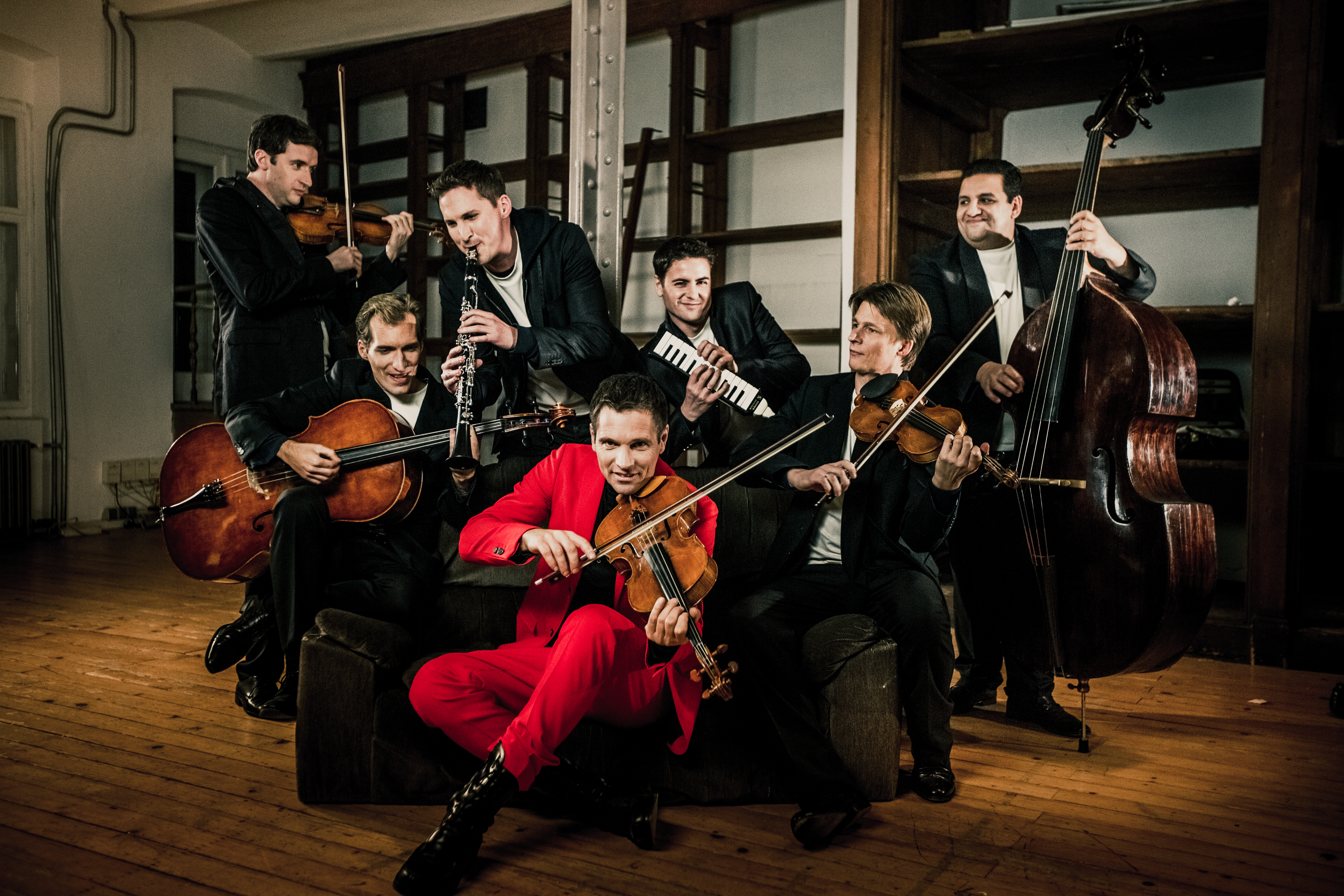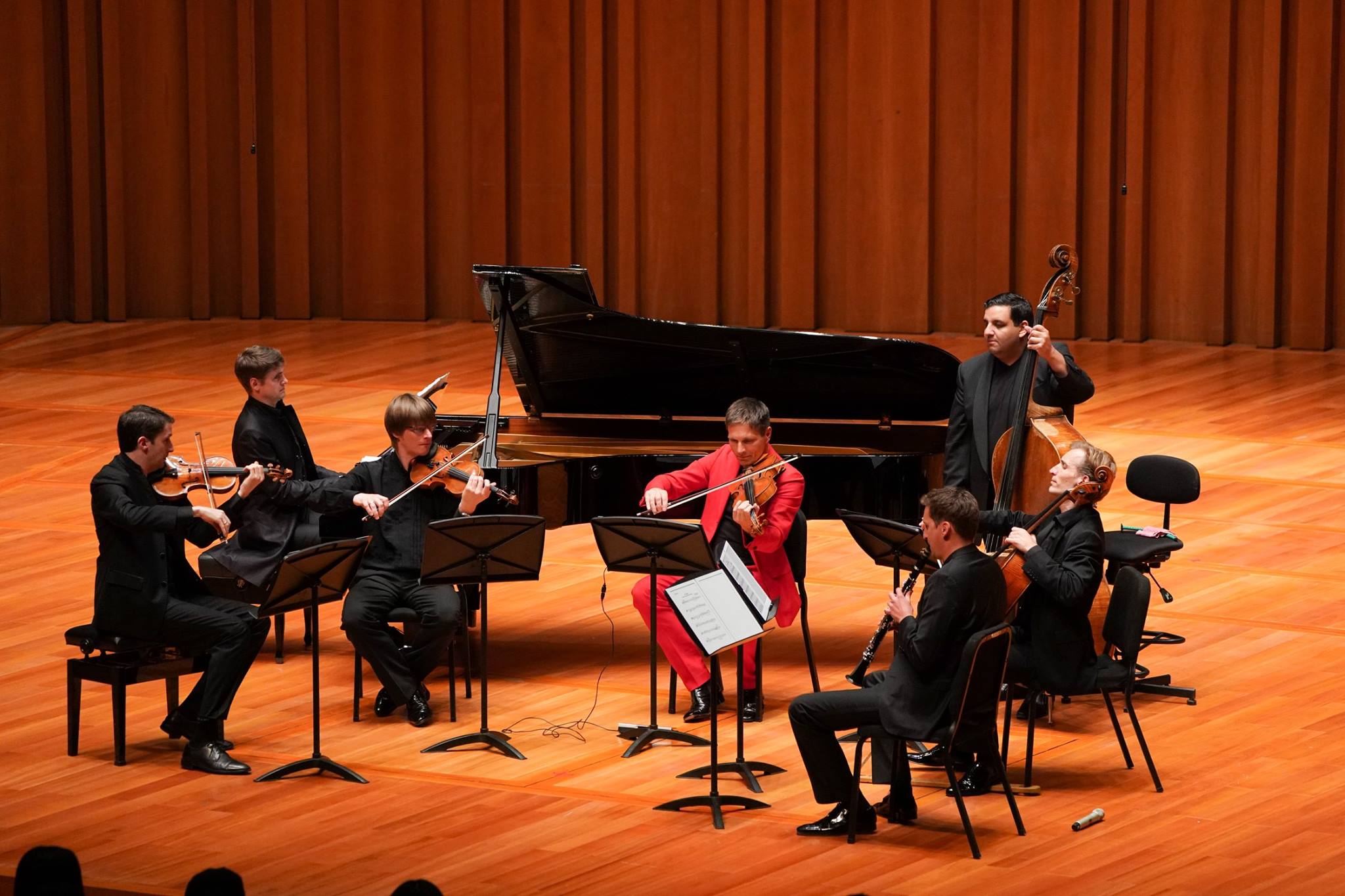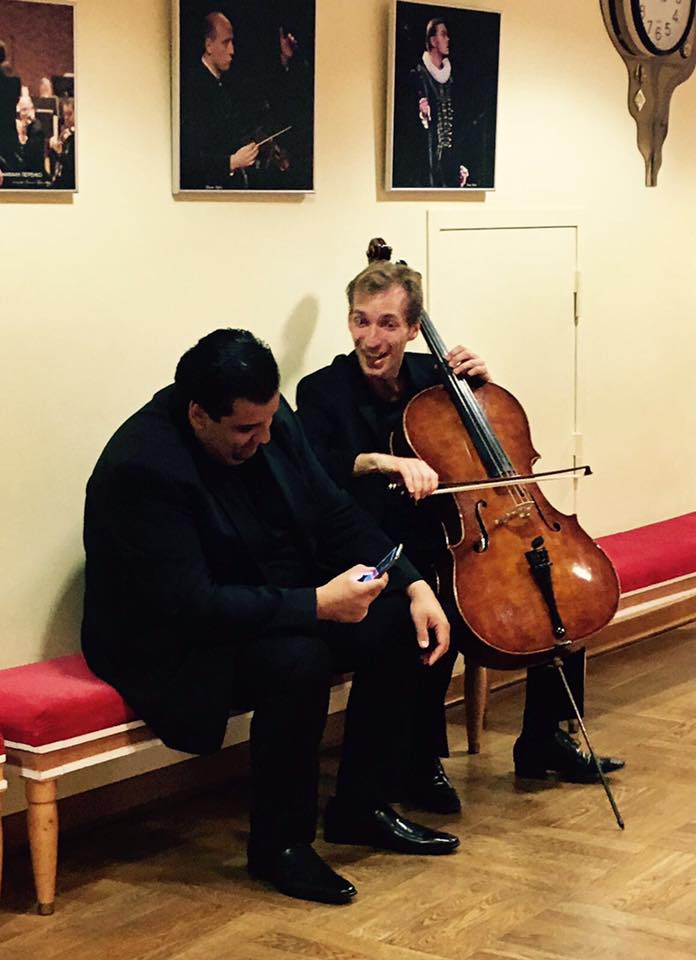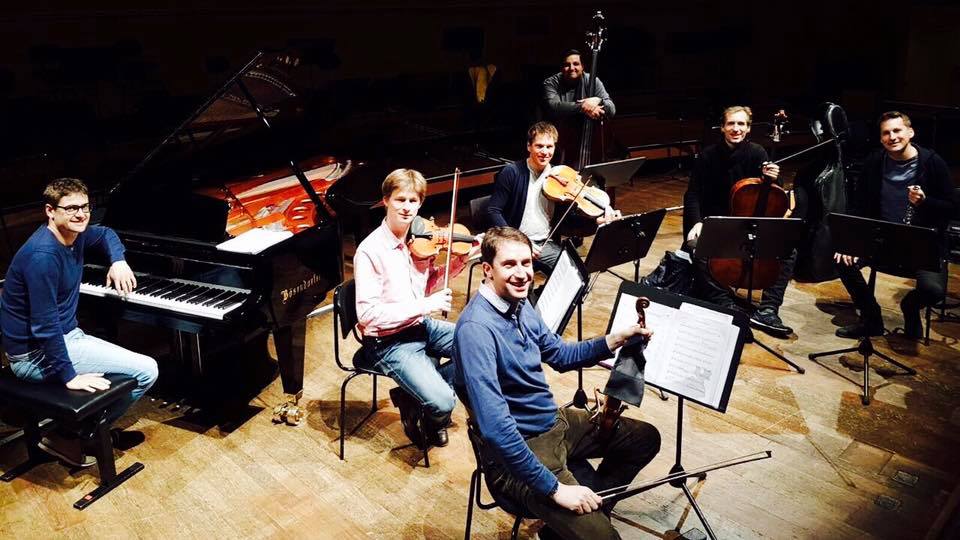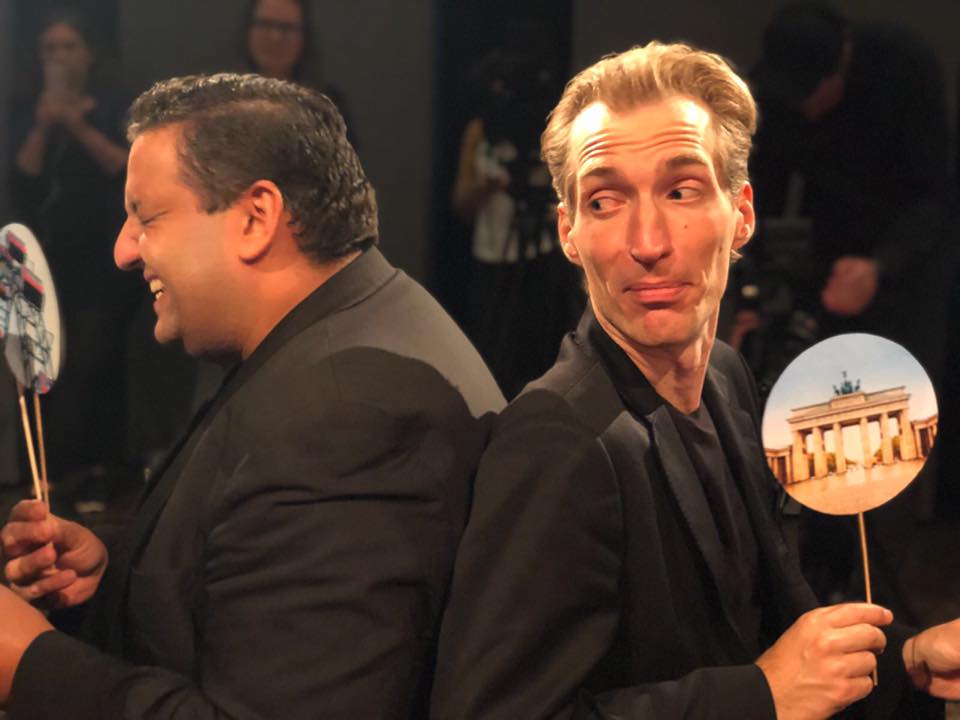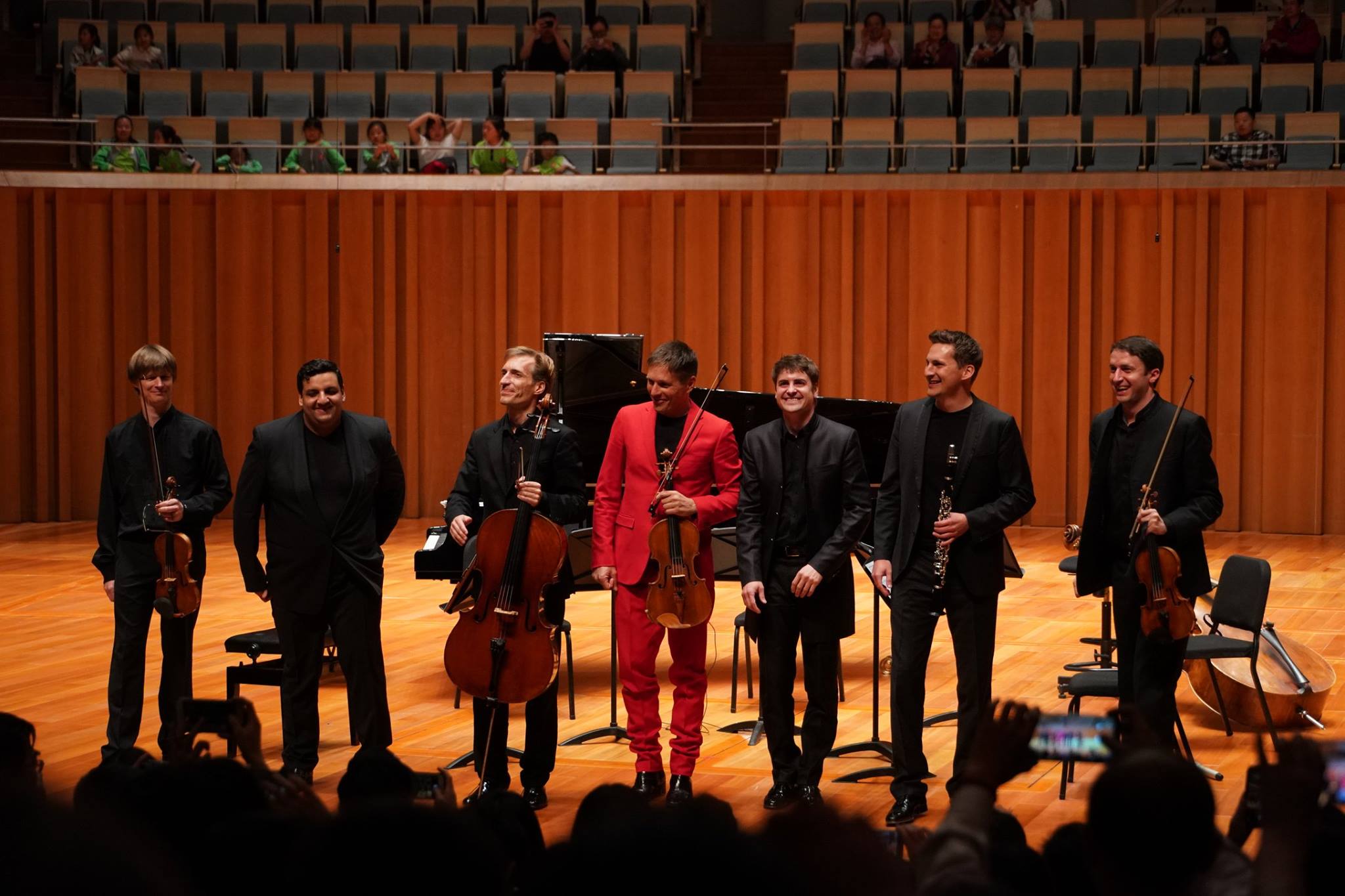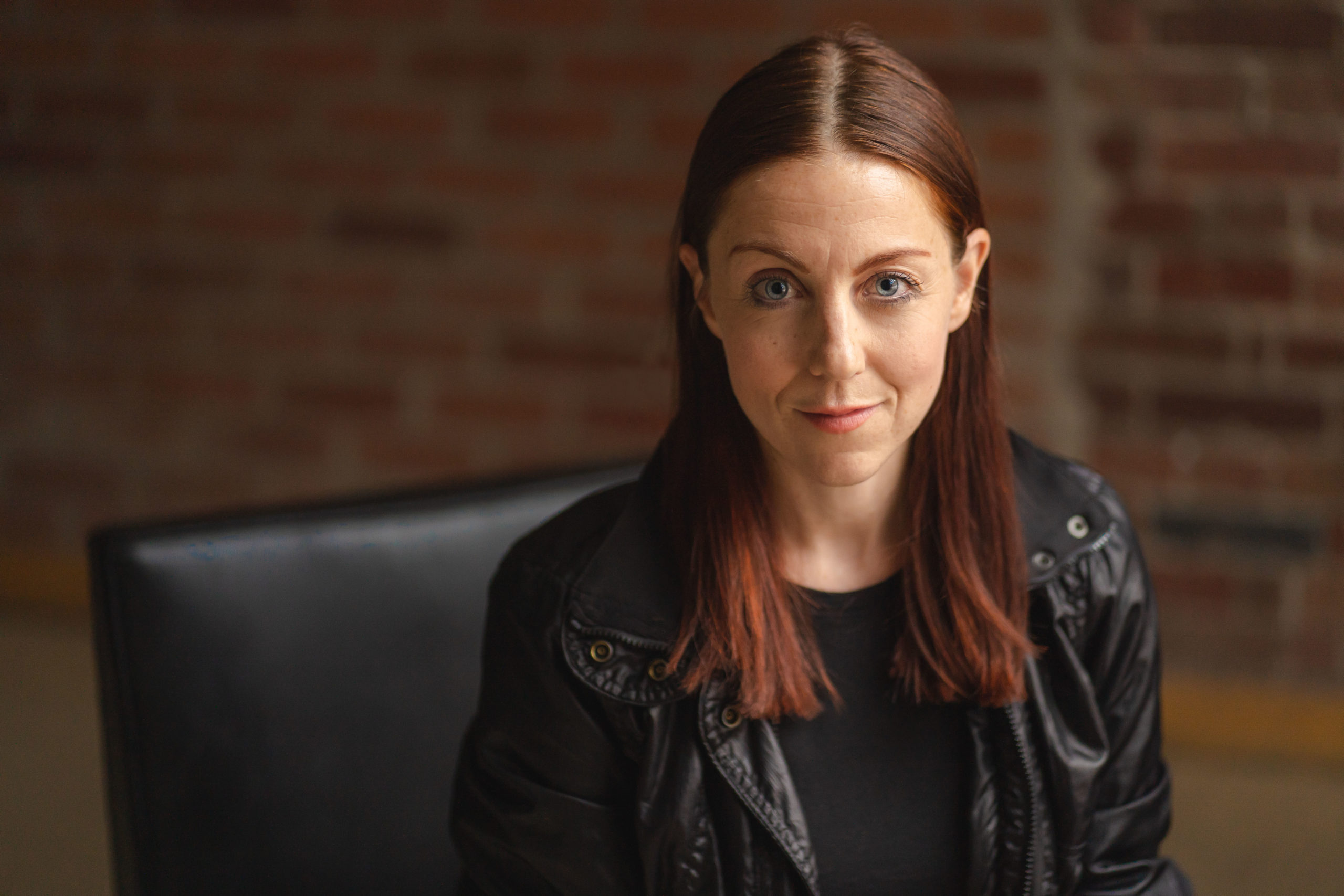
Photo: Canadian Opera Company
Dramaturgy is an art which holds alluring fascination for me as a writer. It’s a pursuit that knits together the solo worlds of research and academe with the collaborative energy of cultural disciplines on which opera is based (theatre, dance, art, music) in a way which, if done well, is barely noticeable, but wholly vital. It is interesting to consider dramaturgical contributions at opera houses in Europe, particularly in German-speaking ones where the role is most active, and to consider what a dramaturg’s influence may have been (or is, or could be) on the final product in places like Berlin, Munich, Zürich, and beyond. How do the role’s various elements (historian, researcher, objective observer) intermesh with others (designers, directors, conductors, performers, creative and administrative personnel) to produce an ever- evolving (sometimes satisfying, sometimes not) end result? How is it central to an audience’s appreciation (or lack thereof)? How does that work influence perceptions? Why should it matter? How is the “soft power” of dramaturgy important?
These questions were swirling around my mind when the announcement came in late 2019 of Canadian theatre artist Julie McIsaac’s appointment as the inaugural Director/Dramaturg-in-Residence with the Canadian Opera Company (COC). McIsaac’s year-long residency is the latest addition to the COC Academy, the company’s professional development program for young opera artists, creators, and administrators, and seems like the right thing, at the right time, for a company that wants to expands both its audiences and creative possibilities for its productions. General Director Alexander Neef (Director Designate of Opéra National de Paris), has, since his coming to the COC in 2008, taken an iron-hand-in-velvet-glove approach to expanding both the capabilities and the ambitious of Canada’s biggest opera company, bringing in many so-called “Regie” directors (Claus Guth and Dmitri Tcherniakov among them) as well as high-calibre names including Thomas Hampson and Ferruccio Furlanetto. The fact that the company now has an in-house dramaturg bodes well for the future. One can only hope the position extends beyond a year to become a regular part of the COC, its influence and significance becoming sewn into the fabric of various production cycles.
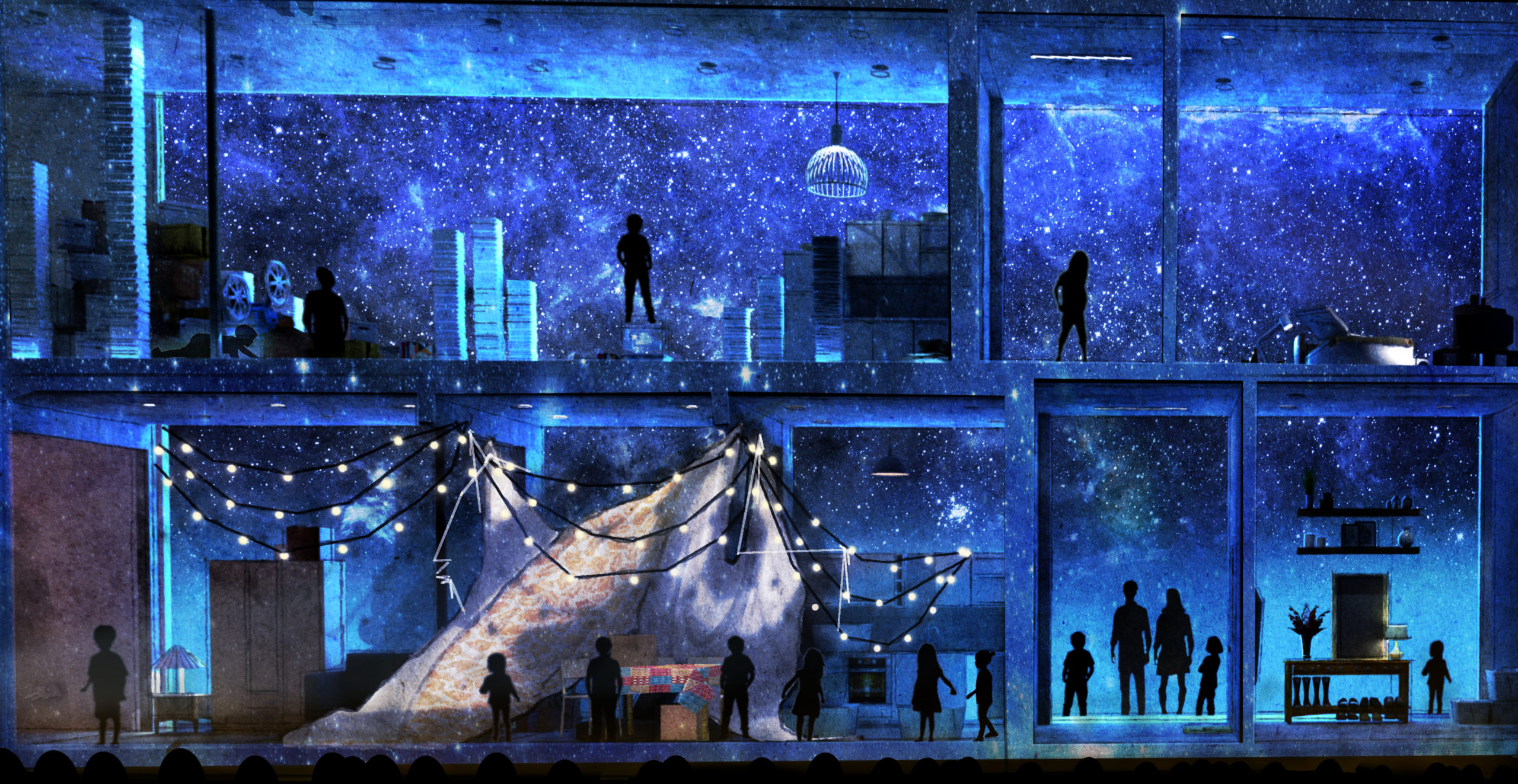
Preliminary set and projection design illustrations for the Canadian Opera Company’s 2020 production of Hansel & Gretel by designer S. Katy Tucker. Photo: Canadian Opera Company
McIsaac has an incredible and varied resume in theatre, with experiences in stage direction, writing (plays and libretti), and music. She studied theatre (University of York), Music (Carleton University), and Theatre Performance and Playwriting (Canadian College of Performing Arts), and, along with collaborating with directors Atom Egoyan and Peter Hinton, was Artist-in-Residence at Pacific Opera Victoria from 2016 to 2018. In September 2019, McIsaac helmed the world premiere of Beauty’s Beast (with music by composer and soprano Allison Cociani and libretto by Anna Shill) for East Van Opera. McIsaac also helped to create an original series of opera presentations for young audiences which featured excerpts from Mozart’s The Magic Flute, Puccini’s La Bohème, and Janacek’s Jenůfa. As part of her COC residency, McIsaac will be collaborating with the company’s Composer-in-Residence, Ian Cusson, on a new work for young audiences, which will be presented as part of the company’s 2020-2021 season (officially announced on 10 February).
I was curious to learn how McIsaac perceives her overall role as dramaturg and what she sees as its inherent possibilities for creating opera as an integrated art. I was also keen to get her thoughts on working as Assistant Director on the upcoming COC production Hansel & Gretel, which opens February 6th; she’s working with COC Music Director Johannes Debus as well as stage director Joel Ivany, a Canadian theatre artist celebrated for his unique, space-specific work with Against the Grain Theatre Company (including a 2016 staging of Mozart’s Cosi fan tutte as a reality-TV dating game, presented in a real TV studio). In the official release for Hansel, the COC hints that Ivany’s vision for Humperdinck’s 1893 opera will focus on “income inequality and environmental sustainability.” In addition to mainstage presentations, the company is set to present a number of condensed English-language performances for young audiences. McIsaac and I chatted in December 2019 amidst the bustle of the holiday period, just as she was exploring the granular details of Hansel & Gretel.
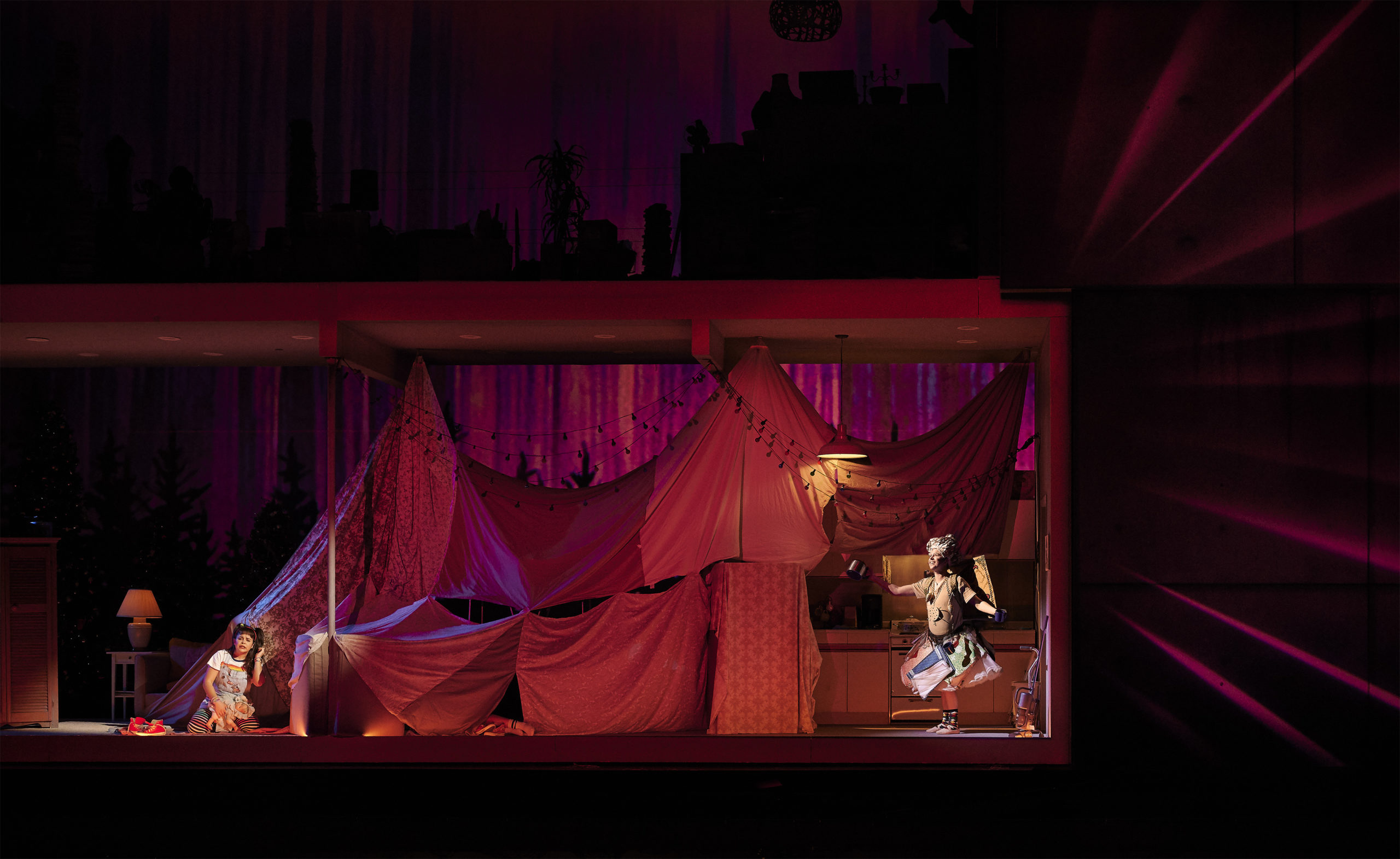
Simone Osborne as Gretel and Anna-Sophie Neher as the Dew Fairy in the Canadian Opera Company’s 2020 production of Hansel & Gretel. Photo: Michael Cooper
Your creative range seems well-suited to your new role as COC dramaturg – is that accurate?
I’m really fortunate, but also it’s a testament to my upbringing and my interests, also the breadth and diversity of work happening in Canada right now.
Why do you think the role of dramaturg isn’t the norm in Canada? You discussed it in detail on the COC website.
With Germany in particular, the operatic tradition there, and the national connection to it in terms of its connection to that art, is long-standing. There are centuries and centuries of work created by artists living and working (in Germany) directed toward audiences living and working there. So it does make sense to me that over time those artists and those audiences are interested in digging into the origins of those pieces, but also reinterpreting them and taking the time, when a new production is done, to meet the production within its original context but to also have these convos and explorations that open up how they might resonate in the here and now. Perhaps it’s because they already have such a firm foundation in the straightforward representation of those words they feel it’s a natural progression for them, as an artistic and national community, to then go beyond that and delve further, to push further, in terms of the interpretation of those works.
Whereas in Canada I feel like we really have felt the pressure to live up to a standard of excellence that our European and perhaps American counterparts have reached. And perhaps because our focus has been so much on reaching that standard or being able to compete and to perform at that level, that’s been the main focus – you could say, that’s where a lot of the energy has gone, getting to a place where we can do what they do as well as they do it. So now, what I’m really interested in, and what I’d like to see more of, is that as Canadian opera artists, we step out on our own – and in that space, I feel the dramaturg can help us do that, to dig into our processes and shed light on the questions we’re asking – or failing to ask, or could be asking.
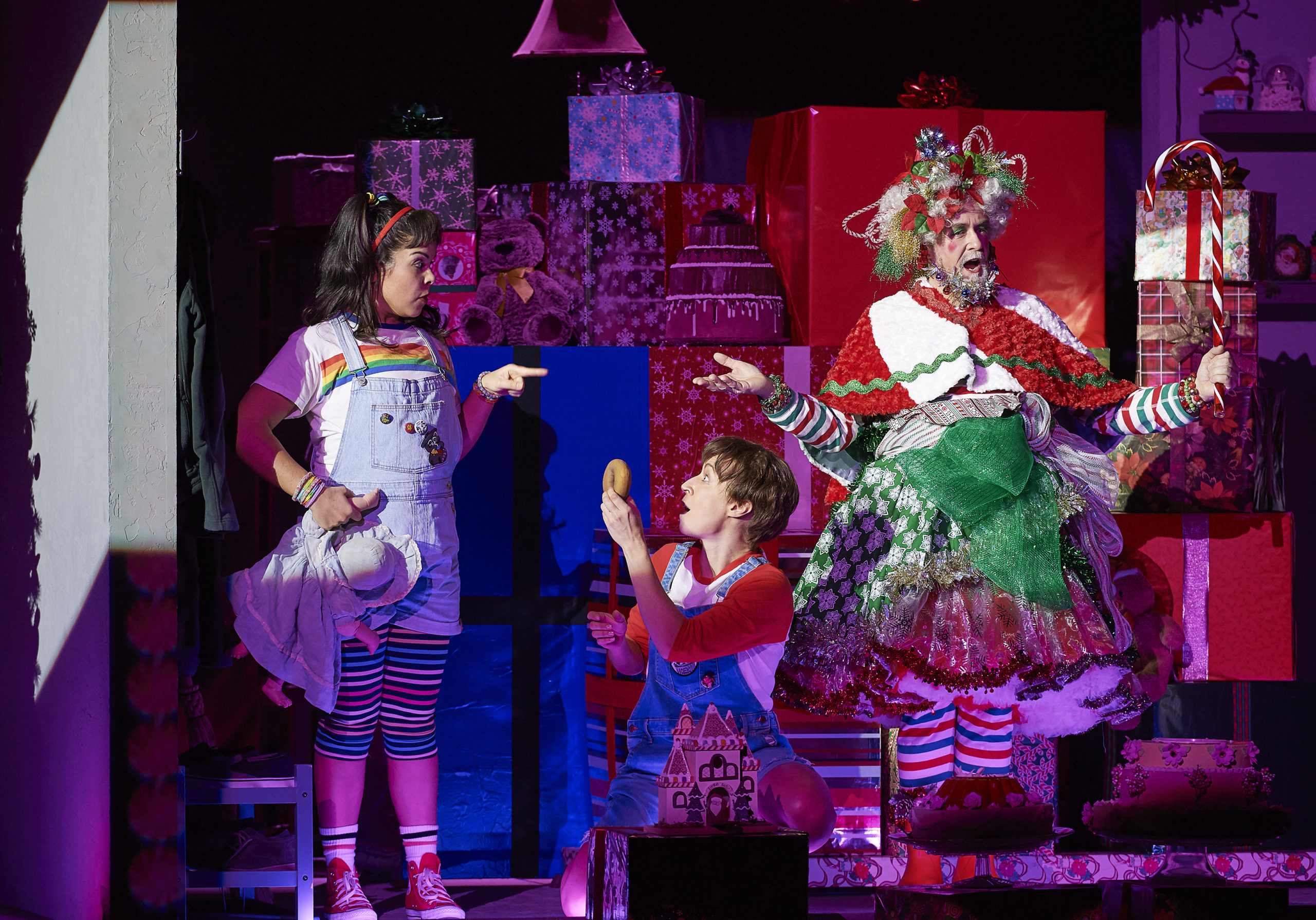
L-R: Simone Osborne as Gretel, Emily Fons as Hansel and Michael Colvin as The Witch in the Canadian Opera Company’s 2020 production of Hansel & Gretel. Photo: Michael Cooper
In relation to those questions, I’m wondering where your role is in relation to staging and music. How does the triumvirate of dramaturg, director, and conductor function within your own context?
Maybe this comes out of my own experiences, but I’m a firm believer that there are no two projects which are the same. If we were to use the idea of a trinity or trifecta, as a team leading a process, depending on the work, the company, the audience for whom this work is being produced, I feel like there will be different needs and that can take so many different forms. For example, it might be there’s a director who wants to push an interpretation of a work but before doing that they want to make sure they have a firm understanding of what’s in the score, of what is there around original circumstances, I feel like we’re always doing our best approximation of what we can understand in terms of original circumstances, but I do believe there will be something a little out of our reach; as much as we dig into what’s there, we can’t put ourselves in the shoes of someone who lived 250 years ago! There’s an ephemeral bit of something with we will never quite capture, and I’m okay with that.
But, circling back to your question, if that stage director is wanting to push a certain aspect in a work, I think it’s important we have a firm understanding, much as we can, of the original intent and what’s embedded in both the score and the libretto, so that interpretation can happen in relation to that, even if it’s in contradiction to it. At least there’s a conscious contradiction happening, so those choices aren’t being made in a vacuum. Even if they’re going against something that was part of the original intent of the piece, there’s a mindfulness around it.
“Mindfulness” seems to be one of the dramaturg’s biggest jobs – is that fair to say?
Yes, it’s making sure we’re aware of the repercussions of the choices. For the conductor and director, there is so much going on they have to manage and make happen, and I think it can be useful to have another person in the room who has the time and space, who can go back to those nitty-gritty details, or to just send some questions into the conversation as a prompt, like, “Hey do we realize by virtue of doing this, we’re going against that?” or “Do we realize that by making this choice we could risk alienating a particular group of our audience who may have a lived experience of x-y-z?” I said in the press release it is central to my ethos that it’s not about censoring or diluting what we do – we do want to put things out there that are bold and daring and risky. We know we can never please everyone; it’s not the role of the artist to please everybody, it’s the role of the artist to prompt conversation, and to move us forwards ideologically, but at the same time, we want to be conscious of doing that, as opposed to doing it by accident.
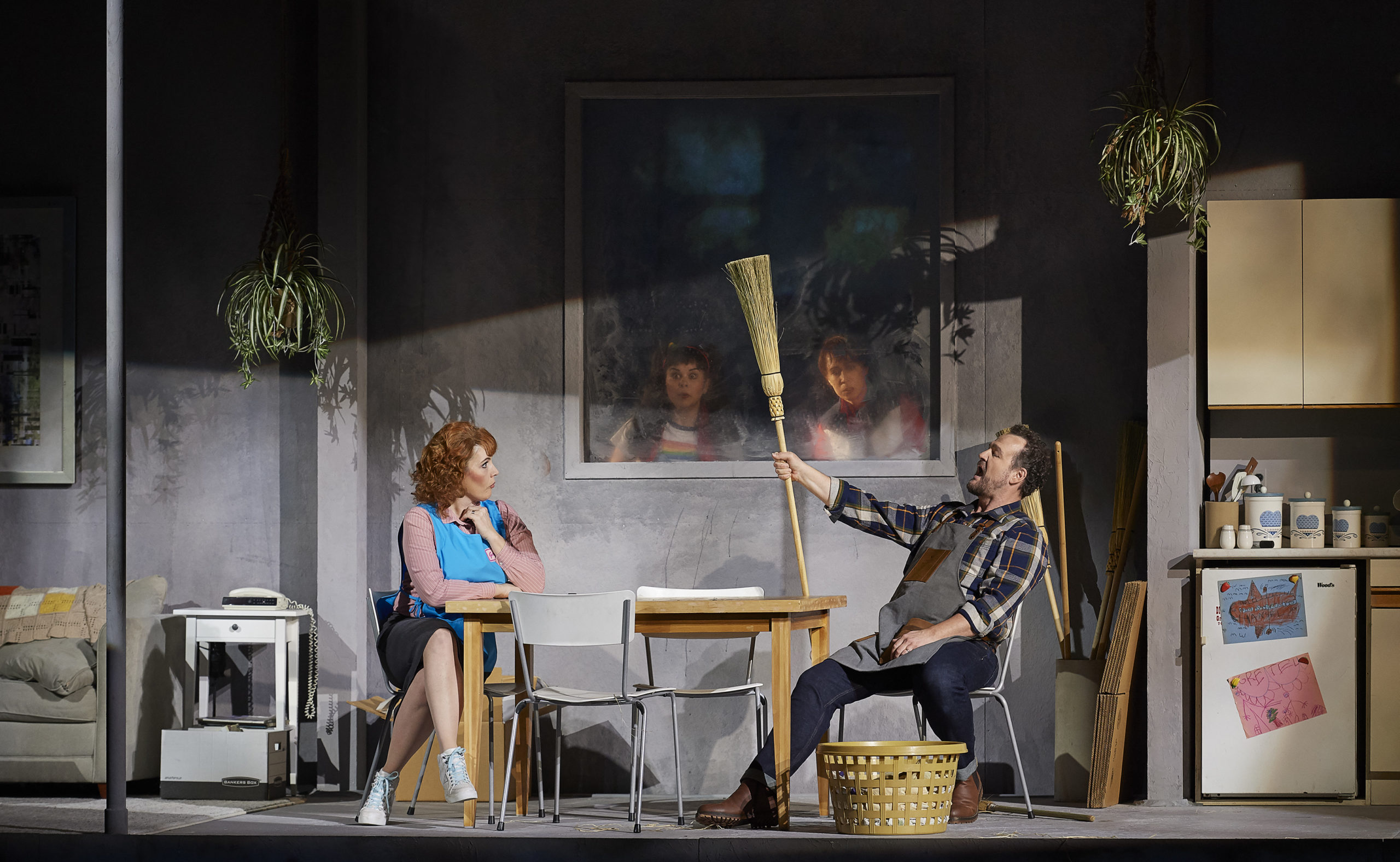
Krisztina Szabó as Gertrude and Russell Braun as Peter with (background L-R) Simone Osborne as Gretel and Emily Fons as Hansel in the Canadian Opera Company’s 2020 production of Hansel & Gretel. Photo: Michael Cooper
Audiences don’t always realize the mountain of things that have gone into what they’re sitting there watching as entertainment, which relates to what you wrote about the work of a dramaturg involving clear communication, compassion, discernment, and humor; I’d like to add curiosity to that list.
I think you’re right, yes! Curiosity is such a great word! As much as we want to be curious about the work and what’s possible in the interpretation of the work, I think it’s great if all the artists working on the project also have a curiosity in terms of their own processes. One may have worked the same way on every single project, and there’s a reason one might have success doing that, but doesn’t mean there isn’t something else you can undercover in your process and shed light on who one is as an artist and what one can bring forward. I think you’re right about curiosity being valuable. It’s my hope, whether the audience is consciously aware of it or not, that there’s something that emanates from our interpretation of the work that open up a curiosity in them.
SIS NE’ BI-YÏZ: Mother Bear Speaks in October 2019 was very special; I’m curious if experiences from doing that, or other things, translates into Hansel & Gretel now, or if you start on a blank slate.
There’s a blank slate in the sense that no two projects are alike, so trying to bring my attention to what are the particular needs of this project, given the artists involved and the audience it’s intended for. At the same time, I can’t help but bring previous learnings and teachings from other projects into things. For example, with Mother Bear Speaks, (creator/performer) Taninli Wright asked me to direct the piece. Sometimes when we think of director-performer relationships it’s a hierarchy, and the director is higher than performer, but I think there’s reason to challenge that model. I think there’s also ways in which that model works, but in this case Taninli being a performer, it was important her voice and vision be centralised. I was always wanting to ask her questions or get feedback in the sense of, “In that moment we just saw that you just performed, here’s what I feel audience received – is that your intention? Is that what you want your audience takes away from that moment?”
In that case it was important for us to work collaboratively, because when I do feedback, I’m conscious that I’m one person feeding back and I can’t contain a multitude of experiences – I can only see things through my eyes and hear things with my ears, and there are subconscious biases in that – in each of us. By virtue of having a collaborative model, the designs were also welcome to feedback, and the stage manager and our producer were also feeding back. I was hoping to host a conversation in which a multitude of voices could feed back to the performer to let her know what we feel was kind of being perceived and emanating out from the stage so she could ask herself: “Does that align with my intentions?”
That’s one particular example where collaboration was important and everyone in the room having a voice was very important. That (collaboration) is something I feel passionately about, but I acknowledge it becomes complicated when you have many more people involved, like in a mainstage opera! You also have an orchestra, and all these people working backstage. If we honestly wanted to create a forum wherein every single artist has an opportunity to have a voice, that is a massive undertaking and we would have to build a specific kind of process for that to happen. I do acknowledge that some of these collaborative ideals might seem a bit pie-in-the-sky, but again, I think this is about us asking: “What’s the desired outcome?” It’s about asking a community company or a large producing company and its leadership, “When a work is performed on your stage, what’s the desired outcome?” and then crafting a process to get us close to that desired outcome, whatever it may be.
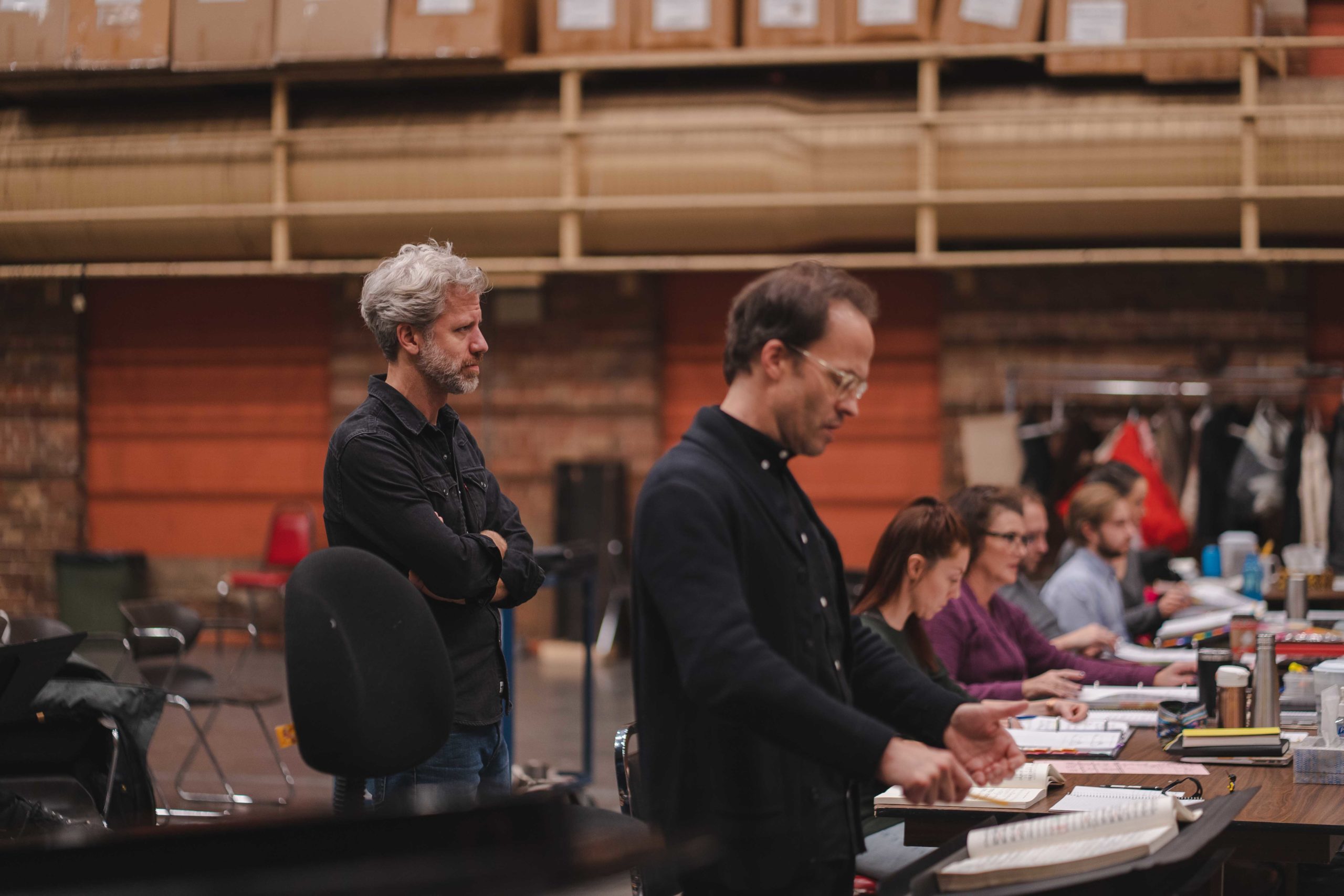
Director Joel Ivany (left), conductor Johannes Debus (centre) and Assistant Director Julie McIsaac (third from left) in rehearsal for the 2020 Canadian Opera Company production of Hansel & Gretel. Photo: Canadian Opera Company
You’re working with Joel Ivany on Hansel & Gretel, who also has experience working collaboratively and in small, unique spaces.
It is! We both came up through this indie-theatre, indie-opera ethos, and we’re both used to working outside the mainstream, so it’s like we’re the scrappy kids from down the block coming into the big opera house! In relation to this production in particular, there’s a number of things we thought about: there’s a push for contemporary Torontonians to have an experience in the opera house that resonates with their lived experience, and there’s a push for the English-language performances for young audiences. We’ve got a partnership with four other local choirs, so kids from those choirs come on stage for the finale; having that community-engaged practise, and having this desire to reach into communities that might not otherwise feel like they have a place at the Four Seasons Centre, who might not feel included, or that (opera is) for them… in that way I think Joel and I are very much at home in the sense of being so aligned with values we hold dear. And it’s really exciting to see those initiatives at work and on the mainstage. I can’t stress enough the fact that sort of activity is happening on the mainstage of the Four Seasons Centre is so exciting.
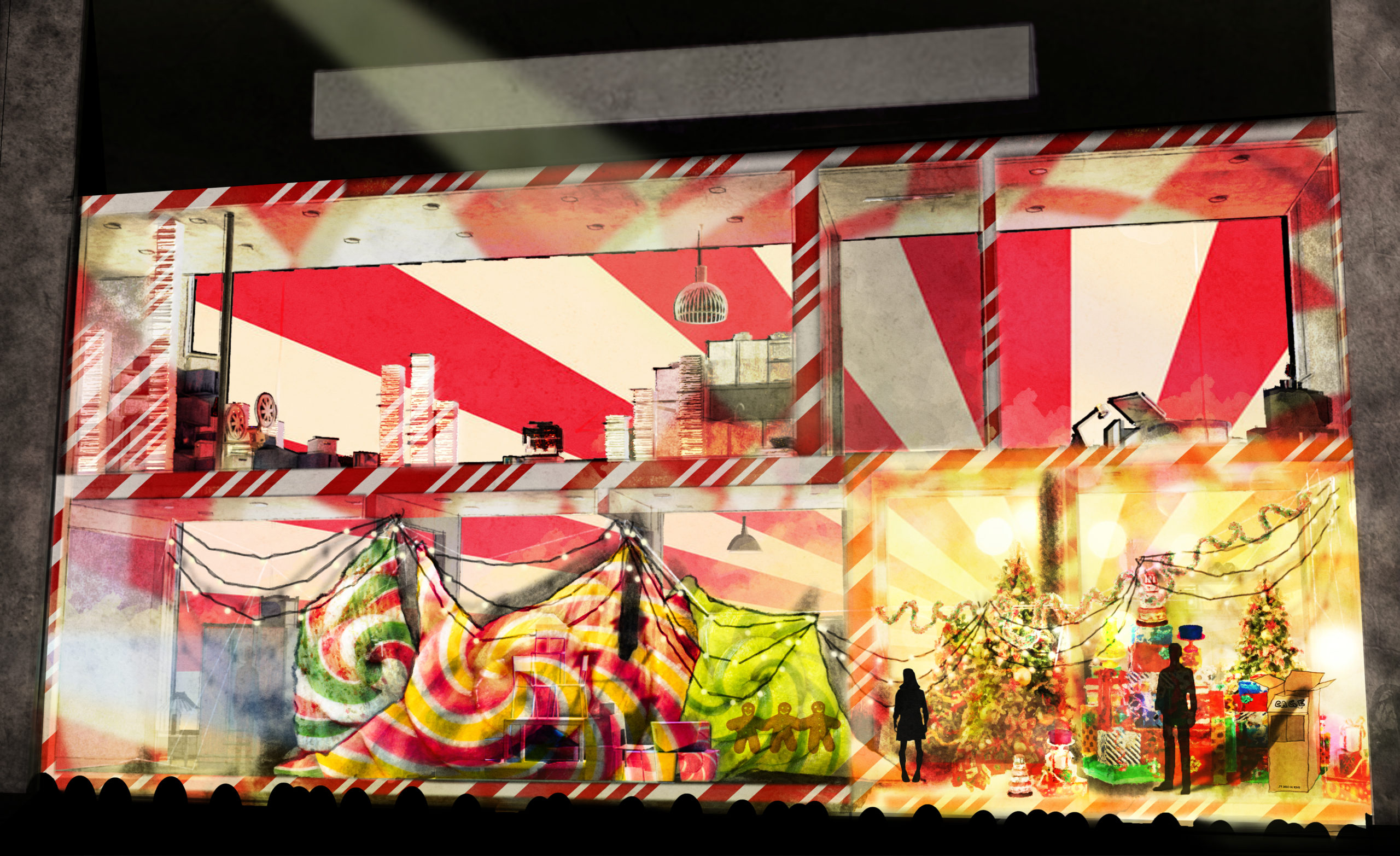
Preliminary set and projection design illustrations for the Canadian Opera Company’s 2020 production of Hansel & Gretel by designer S. Katy Tucker. Photo: Canadian Opera Company
Hansel & Gretel has a lot of dark undertones relating to themes of poverty and greed but as is the case with The Nutcracker, they’re often smoothed over.
It’s true, it’s like Grimm’s Fairy Tales, and (that dark nature) is in the libretto; there’s an edge to it in German that I think can get watered down in translation, and depending on the choices made in terms of production and staging and all of that, it’s interesting to consider. This being a new production, there’s a certain amount of prep work that’s been done, especially with (production dramaturg) Katherine Syer and the designers and the team at Banff who’ve been helping to create video and projection content (by S. Katy Tucker). But, despite all the work done ahead of time, there’s still exploration to come that we don’t quite know yet – that will really inform how those moments read that could have more edge, or darkness, or whatever. It’s remains to be seen how all those moments will come out!

